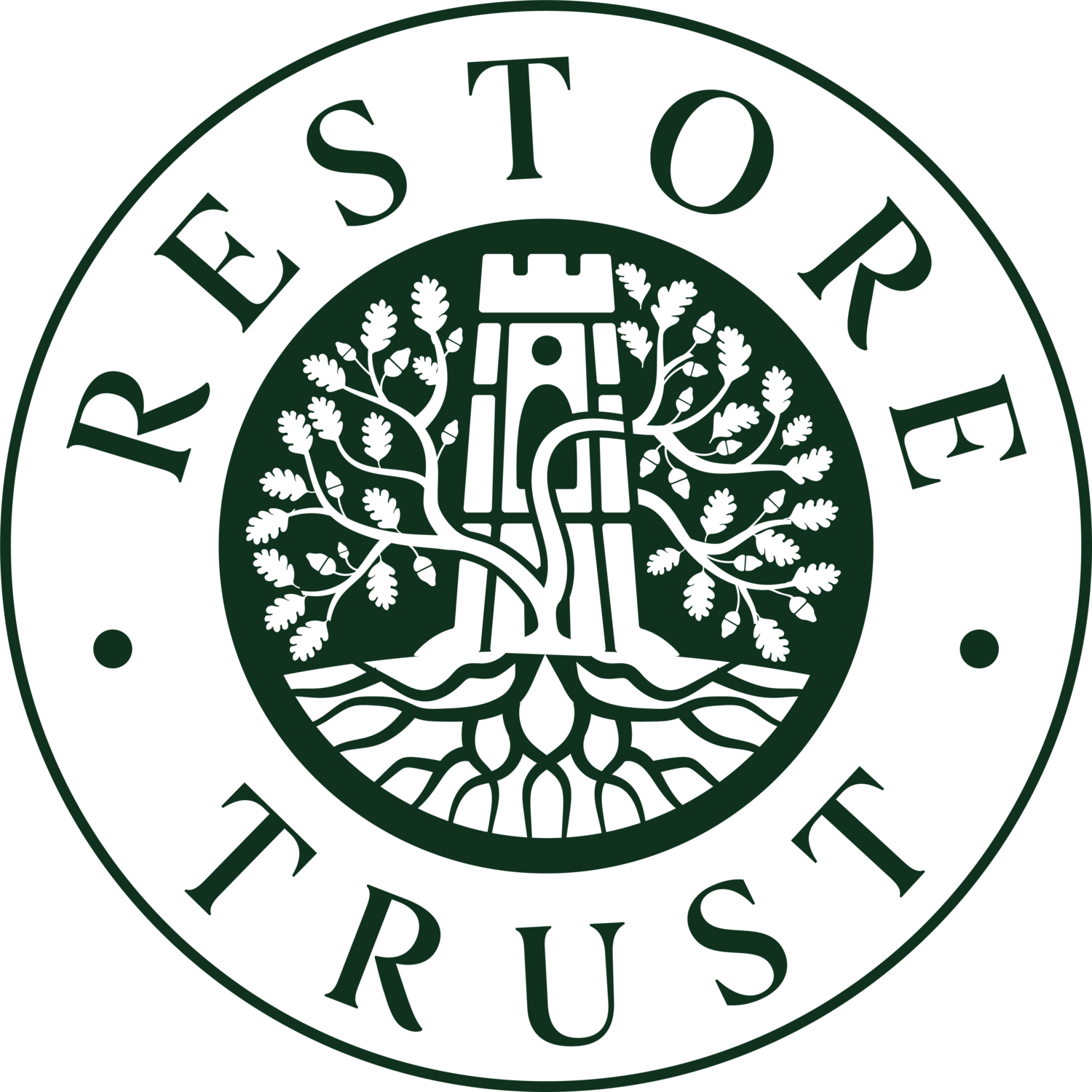Little aesthetic reward at Clandon Park: a response to “A New Chapter” in the NT Magazine
A reader of the National Trust Magazine submitted this letter to the editor:
I was disappointed to read in your Spring 2020 Magazine the article “A New Chapter”, about the Trust’s latest proposals for Clandon Park, which was damaged by fire in 2015. Since the initial commitment to at least partially restore the building including the rooms on the main floor, members have received little information about what is going on. Now we are told that the house is to be conserved in its “fascinating, laid-bare form”. For me there is nothing “fascinating” about the fire-gutted interiors of this house. Georgian country houses do not make good ruins, and the present state of the building (with or without “sensitively designed walkways and platforms” is nothing less than a tragedy.
What compounds this tragedy is that the Trust could (and should in the spirit of the National Trust Act of 1907) preserve the building. Preserving the exterior, but leaving the interior as a bare shell, would be stretching the terms of the Act. I accept that much of the work would be replica, but there is a long tradition of restoring and replicating great houses. Windsor Castle and the Trust’s own exemplary restoration and replication at Uppark are good examples. Such work provides craftsmen with job opportunities, and trainees with experience of traditional building methods. I suggest that replication, where it is unavoidable and where it is carried out by or under the supervision of experts, need not diminish the enjoyment experienced by visitors.
I would urge the Trust to rethink its proposals for Clandon. The present ones would only preserve the ghost of this great house. Millions would be spent for little aesthetic reward. The Trust’s members, benefactors and the public deserve better than that. The Trust is regarded as a benchmark for excellence in the protection of our heritage, but the present proposals look like tarnishing its reputation.

